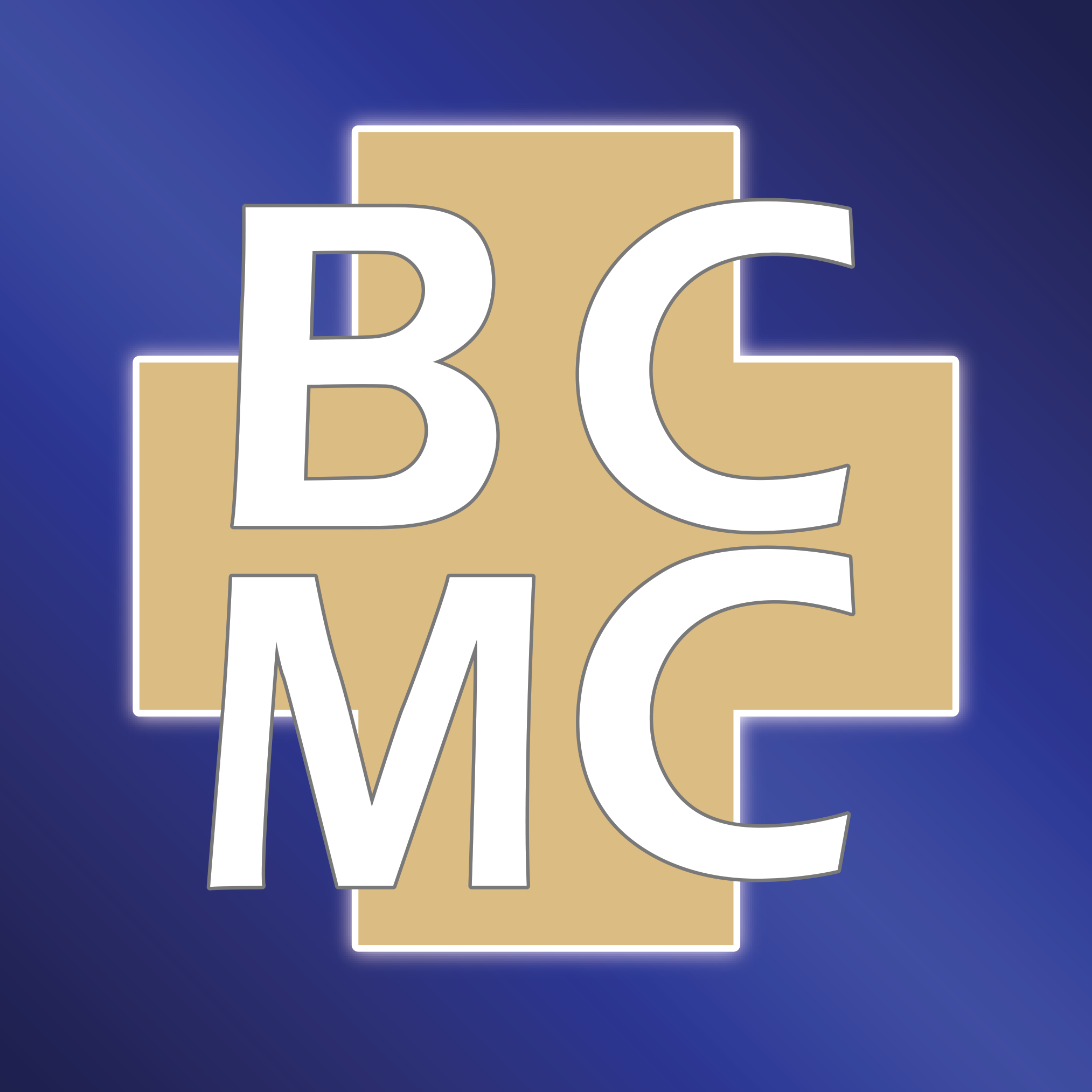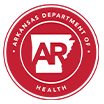What is a CCD?
CCD is a generic term for an electronically generated, patient-specific clinical summary document. As a result, CCDs are sometimes called a few different names – Continuity of Care Document, Summary of Care Document, Summarization of Episode Note – just to name a few. For this explanation, we will use the Continuity of Care Document or CCD.
The purpose of a CCD is to improve communication between health care providers during a transition of care – when a patient is being referred to another provider or coming back to their normal provider after a hospital stay, for example. CCDs are generated out of a provider’s electronic health record (EHR) system and include care summary information.
View CCD Example.

Why Use CCDs?
With the rise of electronic health record usage, the need for a standardized way to exchange comprehensive clinical documents between providers — beyond individual results and reports — became clear. Continuity of Care Documents (CCDs) were developed to meet this need and their usage is being bolstered by Promoting Interoperability Program (formally meaningful use). As the technology evolves and health systems become more interoperable, document exchange will be seen more and more. Here are some frequently asked questions on CCDs, and the C-CDA framework those documents are a part of, to help you understand them better.
What Information is in a CCD?
Data typically shared in a CCD includes:
- Patient demographics
- Patient history
- Medications
- Allergies
- Procedures
- Encounters
- Problem lists
- Diagnosis
- Lab results
- Immunizations
- Health risk factors
CCDs can also include advance directives, family history, social history, and insurance information. For Promoting Interoperability Program (formally Meaningful use), there are more required data elements, including smoking status, vital signs, care plans, and more.
What are the Potential Benefits of CCD Exchange?
When done optimally, CCD exchange can reduce staff time spent gathering patient clinical information during transitions of care. And CCDs generally expand the clinical information available to community providers and give them more details on the care patients received at outside facilities. Combined with existing medication, imaging, and lab data being shared from hospitals and labs, CCDs may give providers the additional clinical data needed at the point of care.
Is SHARE Currently Helping Providers Exchange CCDs?
Yes, we have started to receive CCDs into SHARE from hospitals and providers. We are analyzing how best to deploy CCD exchange more broadly across SHARE.










